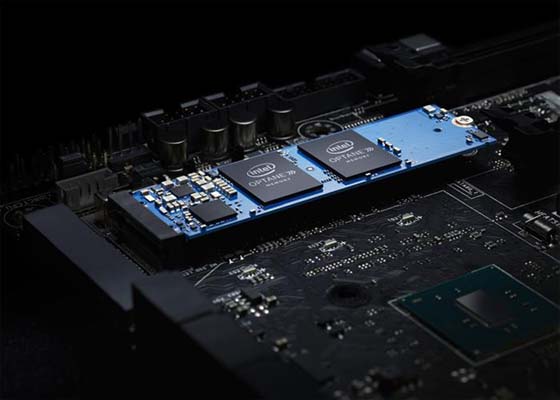As the first new non-volatile, mass-marketed storage technology since NAND flash, 3D XPoint made a huge splash when it was first announced in 2015 by development partners Intel and Micron. It was touted as being 1,000 times faster than NAND flash with up to 1,000 times the endurance.
In reality, the performance claims were only true on paper; 3D XPoint turned out to be about 10 times faster than NAND, which requires existing data to be erased before new data is written.
The new solid-state memory, however, is likely to find a place in the data center since it is about half the price of DRAM (though still costlier than NAND). That’s because it works with conventional memory technologies to boost performance.With the growth of transactional data, cloud computing, data analytics and next-generation workloads will require higher performance storage.
While 3D XPoint won’t convince companies to rip and replace all of their server DRAM, it will allow IT managers to cut costs by replacing some of it — while also augmenting the performance of their NAND flash-based SSDs.



